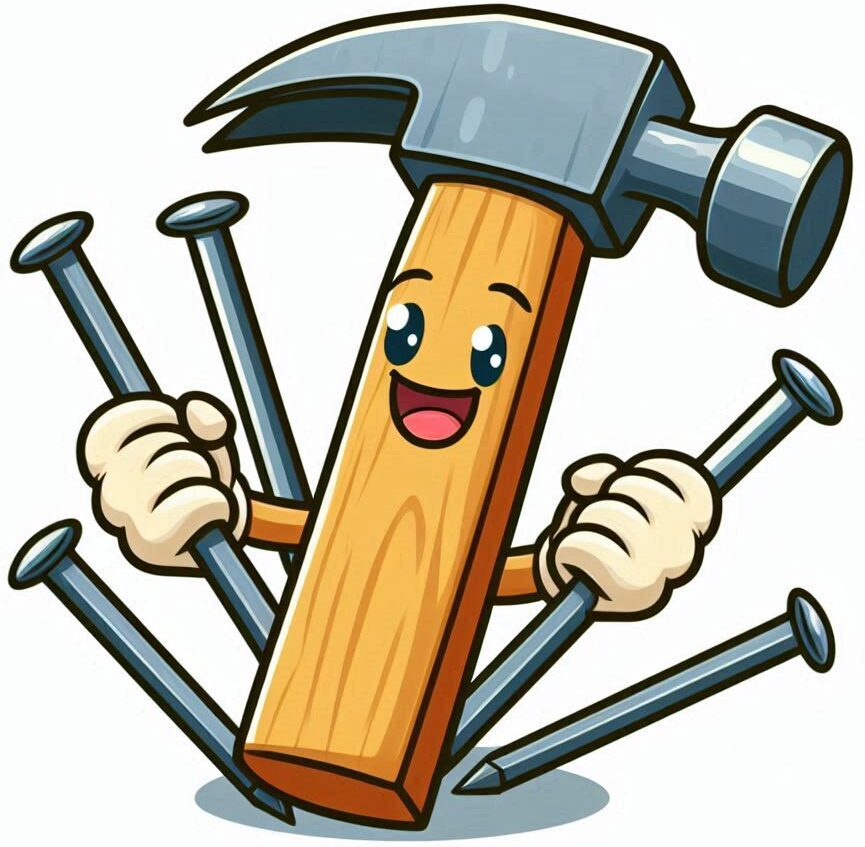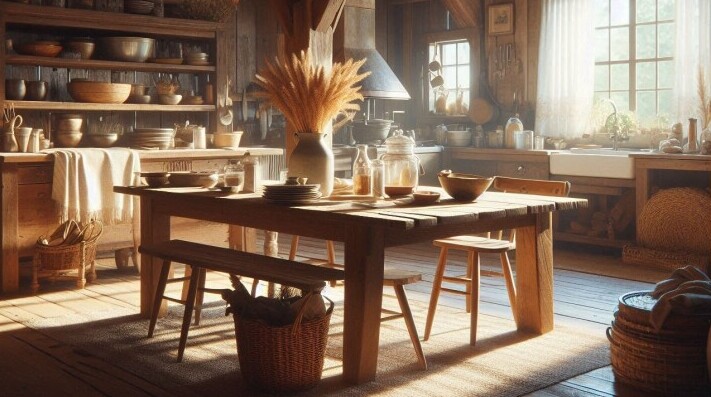How to make a wooden table isn’t just about nailing a few planks together; it’s an art that combines creativity with craftsmanship. The charm of a handcrafted table lies in its uniqueness, offering a personal touch that you can’t find in mass-produced furniture.

Before you start, think about what you want to achieve. Are you looking for a rustic piece for your dining room or a sleek, modern coffee table? Your goal will guide every other decision you make, from the type of wood you choose to the finish you’ll apply.
You don’t need to be a master carpenter to build a table, but a few skills and tools are necessary. Basic woodworking knowledge, like understanding how to measure and cut accurately, is crucial. As for tools, a saw, drill, sander, and tape measure are your best friends. Having a solid plan will set you on the right path.
A well-made wooden table becomes a centerpiece in any space, a spot where family members gather and memories are made. This project is as rewarding as it is challenging, giving you a sense of accomplishment with each step.
Selecting the Right Wood: Foundation for Your Table
Choosing the right wood is like picking the perfect canvas for your painting. It sets the tone for your entire project. Different woods offer various qualities, each bringing its vibe to the table, literally!
Common choices include pine, oak, and maple. Pine is affordable and easy to work with, making it friendly for beginners. Oak, known for its durability and classic look, is perfect if you want something that stands the test of time. Maple, with its fine grain, offers a smooth finish and an elegant appearance.
Consider what fits your lifestyle and aesthetic. If your table’s going to get a lot of use (think kids, pets, life in general), durability might be high on your list. Then there’s the grain pattern and color—these elements can add character and warmth to your piece.
When sourcing your wood, aim for quality. Check local lumber yards or reclaimed wood suppliers. Feel the wood, look for any warping or knots that might cause issues later, and always buy a bit extra just in case. Investing time in choosing the right wood can make all the difference in the final product’s quality and look.
Your choice of wood not only determines the beauty of your table but also its functionality. It’s about balancing form with function, and when you get it right, you’ll have a table that suits your needs and style perfectly.

Steps to Creating a Wooden Table from Start to Finish
Making a wooden table involves more than just imagination—it’s also about executing your ideas with precision. Start with a clear plan. Draft a simple sketch of your table, noting dimensions and design elements. Getting this right means a smoother process down the line.
Once your plan’s ready, it’s time to measure and cut your wood. Use a measuring tape for accuracy, then saw the pieces according to your table’s specifications. Precise cuts set the stage for seamless assembly.
Creating sturdy joints is crucial since they hold your table together. You can choose traditional methods like mortise and tenon or simpler options like dowels and screws. Glue adds an extra layer of stability.
Assembling the table comes next. Align your pieces carefully and fit them together, securing them with clamps as the glue dries. Check for wobbles—adjust where necessary for that solid feel.
Sanding is where your table starts to shine. A smooth surface isn’t just about aesthetics; it also ensures a comfortable touch. Begin with a coarse grit, then move to finer ones, working gradually to achieve a silky finish.
Finishing brings your table to life. Stains highlight natural grains and add a protective layer, but a clear varnish can also do wonders if you prefer a natural look. With patience and care, your table will look stunning and be ready for everyday use.
As an Amazon Associate, I earn from qualifying purchases.
Here is a great place to get the tools you need for woodworking.
Estimating and Using the Right Amount of Wood
Getting the right amount of wood is crucial—you don’t want to run out or have heaps left over. Most tables, like a standard dining table, need about 20 to 30 board feet of wood. This number will change depending on your table’s size and style.
Consider any extra features, like leaves or intricate designs, which might require more wood. It’s always smart to buy a little more than you think you’ll need. This accounts for mistakes or unexpected issues and helps you avoid last-minute trips back to the lumber yard.
Use your table plan as a guide. Calculate each piece’s size and number, then convert these into total board feet. Online calculators can be a real time-saver for this stage.
Efficient wood use not only saves money but is also environmentally friendly. Cut your pieces strategically to minimize scrap. Organize and plan your cuts on the boards to make the most out of each plank.
Even seasoned woodworkers sometimes make miscalculations, so don’t worry if you need extra wood. Just keep track of your materials and work methodically to ensure you stay within budget and on track with your project.
Conclusion: Bringing Your Wooden Table to Life
Now that the final touches are in place, you’ve got a real showpiece on your hands. Building a table from scratch is quite a journey, marking each stage with its own challenges and triumphs.
Care is key to keeping your table looking new. Regular cleaning and occasional polishing can go a long way. If you opted for a natural finish, applying a wax or oil every few months will help maintain that beautiful sheen.
Consider adding a few personal touches to really make it yours. A custom inlay or a unique carving can set your table apart and tell a story about its creator—you!
Share your handmade table with loved ones—each scratch and dent over the years will become a new memory. Plus, you’ll inspire others to take on their woodworking projects, knowing that something homemade can bring so much joy.
Happy Building!
Here’s another great source for Woodworking Plans and Tutorials:
Interested in building a business in crafting?
There are 100’s of ways you can build a business around your passion for the crafts.
Check it out…



